Logistics is no longer a mere intermediary in the supply chain but is becoming a decisive factor in national competitiveness. As Vietnam’s exports continue to grow, the issue of costs, logistics capacity and infrastructure connectivity becomes increasingly urgent.
To grow exports, logistics needs to be one step ahead.
Vietnam's economy is in a period of deep integration, with rapid export growth, putting our country in the top 20 exporting countries in the world. However, behind these impressive figures, the logistics industry is still struggling with high costs, limited capacity and heavy dependence on foreign services.
According to data from the Vietnam Logistics Services Association (VLA), among the six most developed economies in Southeast Asia, Vietnam's Logistics Performance Index (LPI) currently only reaches 3.3 on a scale of 5, equivalent to the Philippines and only higher than Indonesia.
Notably, Vietnam's logistics costs currently account for nearly 17% of GDP - nearly double the global average (about 8-10%). Meanwhile, the transport infrastructure is not yet synchronized, the connectivity between modes of transport is not effective, there is a lack of high-quality human resources, and the limitation also comes from the low level of maturity in applying science and technology - digital transformation of Vietnamese logistics enterprises. "Domestic logistics capacity has not yet met the operational requirements of export enterprises, especially in the connection between production - warehousing - international transportation", economic expert Nguyen Minh Phong assessed.
In fact, many businesses have to hire foreign cross-border logistics services, leading to high transportation costs, long delivery times and lack of initiative when facing fluctuations such as epidemics or supply chain disruptions. Mr. Nguyen Hoang Minh, director of a wood export enterprise, said: "We once signed an export order to the US with a requirement to deliver containers within 45 days. However, due to dependence on foreign shipping lines and lack of transit depots, the goods were delayed by more than 20 days, not only causing huge contract damage but also seriously affecting our reputation."
According to Ms. Dang Hong Nhung, Import-Export Department ( Ministry of Industry and Trade ), the number of logistics centers has increased sharply and in terms of scale and distribution scope, the development of logistics centers in the recent period has revealed certain limitations. Vietnam has not yet formed national logistics centers and even regional ones that have a leading role in the market and national logistics planning.
In that context, developing logistics is no longer an option but has become a strategic task. Logistics not only "extends" the arms of exports, but also plays a pioneering role in the value chain, from purchasing raw materials, storage, distribution to optimizing logistics.
What is the solution to the problem of improving logistics?
According to economic experts, one of the biggest bottlenecks today is the fragmented and unsynchronized logistics infrastructure system. According to statistics, of the more than 35,000 logistics service enterprises in Vietnam, over 90% are small and medium-sized enterprises, only about 10% are competitive in the region. Many export enterprises have to organize their own transportation and warehousing, increasing input costs by 5-7% compared to the optimal level.
The seaport system - an important link in the logistics chain, although invested in, still lacks connections to railways, roads and logistics centers. In the Cai Mep - Thi Vai area, modern ports have been put into operation but the rate of transit goods is still low, most of the goods must be brought to Singapore and Hong Kong ports to continue.
Not only infrastructure, but also administrative procedures and mechanisms also take a lot of time for businesses. Although the national single window has been applied, customs clearance still involves repetitive procedures between ministries and branches. The long customs clearance time affects the speed of trade.
According to economic experts, first of all, it is necessary to re-plan logistics centers by region and locality. Large industrial clusters such as Dong Nai, Binh Duong, Hai Phong, Quang Ninh, etc. need satellite logistics centers to shorten transportation distances. At the same time, it is necessary to strongly develop green logistics - applying AI, IoT, Blockchain technology in warehouse management and transportation to save fuel and ensure sustainability.
In addition, according to Mr. Phong, the government needs to design mechanisms to encourage businesses to invest in domestic logistics. Policies on exemption of import tax on equipment, preferential credit support, and logistics development funds need to be practical and easy to access. At the same time, our country needs a mechanism to connect exporting businesses and logistics units.
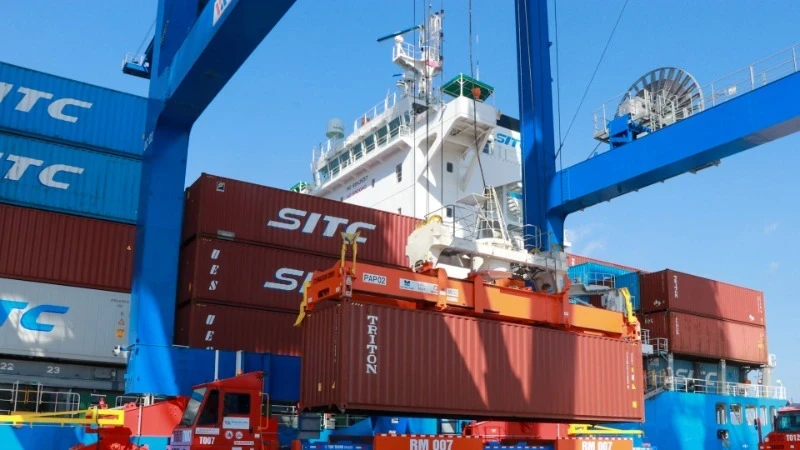
From a business perspective, Mr. Minh believes that upgrading logistics is not only to shorten delivery times and reduce input costs, but also a way to increase partner trust and bring Vietnamese goods to the world in a sustainable way. Only when the bottlenecks in infrastructure, policies and technology in the logistics industry are fundamentally resolved can Vietnamese exports enter a period of high-quality growth as an active link in the global supply chain.
"There can be no strong exports without strong logistics. In the context that exports are the key driving force of the Vietnamese economy, the development of the logistics industry cannot be delayed. It is time for us to see logistics as a "soft infrastructure" of the economy - a place to connect resources, increase value and determine the speed of integration," Mr. Phong emphasized./.
Source: https://baoquangninh.vn/nang-tam-logistics-de-lam-be-do-cho-xuat-khau-3360792.html


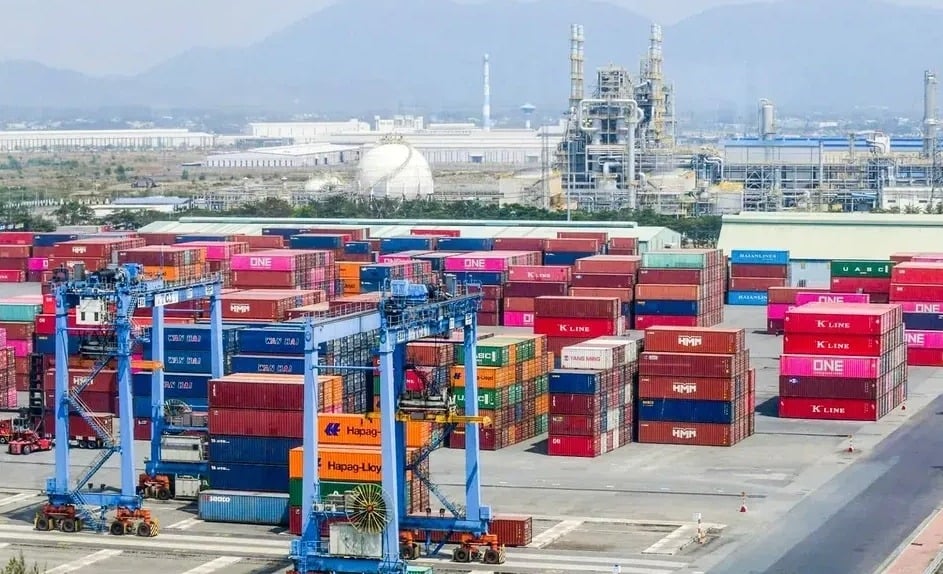






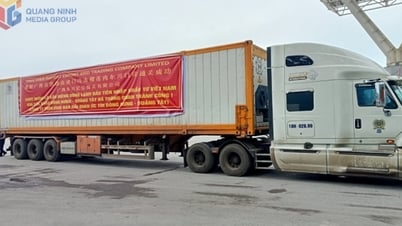
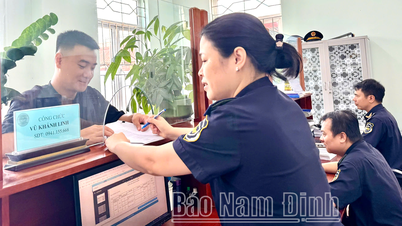












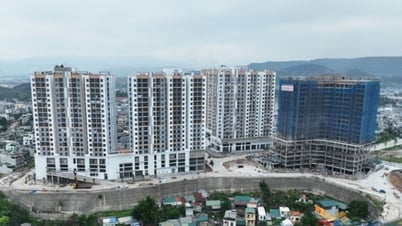




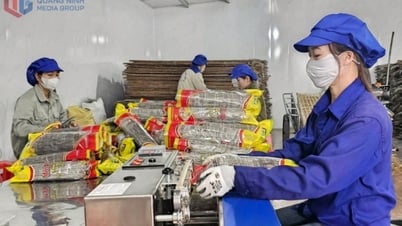



















































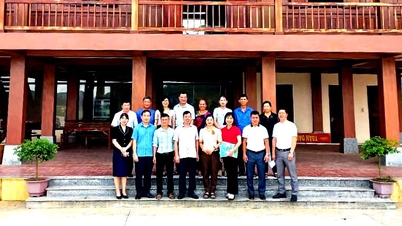

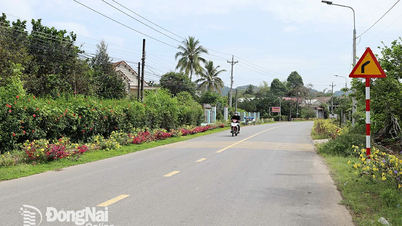














Comment (0)